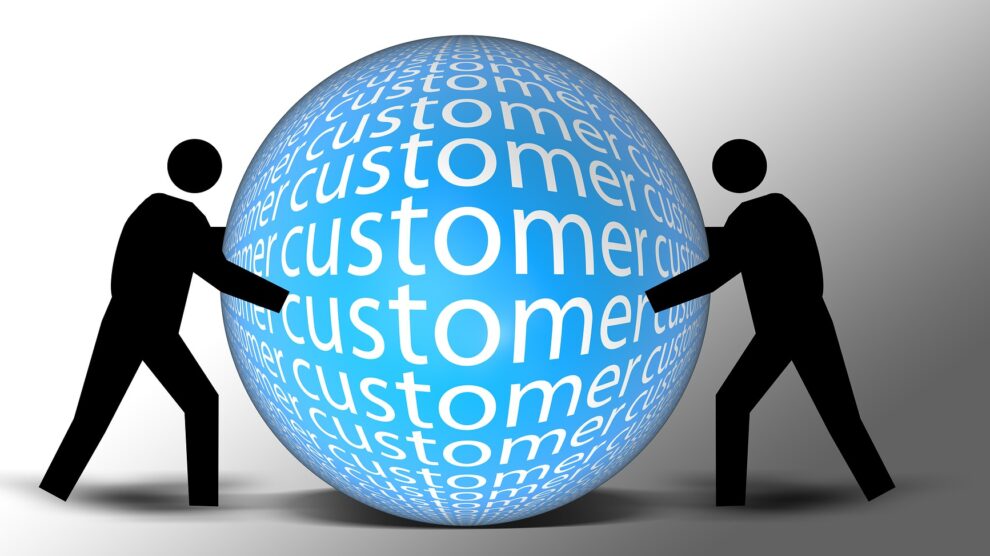Every business must face and deal with churn even when it’s much easier and simpler to retain an existing customer than to attract, engage and convert a prospect into a new customer. It is also much easier to recognise that a customer wants to leave than to convince them to return at a later point in time. Customer loyalty is something every brand wants to achieve. It’s important to understand customer churn, its metrics and how to prevent it.
While reducing churn sounds like a big task and is often unnoticed by businesses, it’s one of those drivers that is worth prioritizing. According to Bain & Company, a 5% increase in customer retention can increase company profits by 25% to 95% which is a whopping number.
So how will you know a customer is about to leave? And what’s the best way to act before it’s too late?
In this post, we’ll discuss how to measure churn, and how to predict and prevent at-risk customers from churning before it’s too late to retain them.
What is Customer Churn?
Customer churn, also known as customer attrition by some, is when a customer chooses to stop using your offerings- products or services. Before each customer churns, there are usually early indicators that could have been discovered with churn analysis and early warning systems tools.
Client churn is when existing customers decide to stop doing business with you. This can mean different things to different businesses. Examples include:
- Non-renewal of contract
- Subscription cancellation
- Closure of an account
- Non-renewal of service agreements
- Decision to use another provider
- Inability to continue due to financial reasons
How to measure Customer churn
One can measure the client churn rate in the following ways:
- Total number of customers lost/left during a specific period
- Total percentage of customers lost/left in a specific period
- Amount of loss in recurring business value
- Percentage of recurring value lost
Sometimes, it is necessary to find monthly rates to get a closer look at monthly growth. And other times, it’s annually calculated to see how the company evolves over a period.
Users Lost This Month / (Users At Start Of Month + Users Added This Month) = Monthly Churn Rate
Users Lost This Year / (User At Start Of Year + Users Added This Year) = Annual Churn Rate
Though calculating churn rates may seem simple, there are some pointers to be kept in mind.
- Churn has multiple definitions for different people. For some, it’s when renewal doesn’t happen, and for others it is during cancellation.
- Time frames work differently for different segments.
- Seasonality impacts business greatly that corresponds with churn for several cycles.
- Counting customers is more complicated than it seems because it’s not a well-defined concept.
7 Ways to Reduce Customer Churn
1. Focus on your best customers
Though most businesses calculate churn by identifying those who are most likely to cancel, it’s important to focus on the most profitable ones. The idea is to reduce overall churn rate and maximise profits.
Talk to customers, listen to what they have to say, provide your argument and re-engage with them.
2. Maintain Effective and Proactive communication
By connecting with your customers, you’re demonstrating that you’re invested in your product and that helping them get the most from it matters to you. Through personalised communication, outreach and more, you can send what matters to their service or product usage. This will keep the spark alive and lead to upselling.
3. Consistently Meet (or even exceed) Customers’ Expectations
I know this is harder said than done, but starting small is the key. Create a roadmap for your clients to navigate your products or services. To ease this process, it’s important to set up a customer onboarding process to make new customers aware of your product and set expectations for them. This will give you more control on what they can expect. Customers also feel empowered to achieve their goals with such steady support.
4. Offer Incentives
Who doesn’t love incentives, right? Give customers a specialised, customised experience through promotions, discounts, and additional benefits. These small efforts will show your customers how you value them and give them a reason to stay. Customer retention has multiple pitfalls and incentivisation has proven to be extremely fruitful.
5. Provide awesome Customer Service (+ always ask for feedback)
This one needs no reiteration. Customer frustration arises when there is a lack of knowledge about the product or service and confusion around it. This can be quelled by proper customer support. Creating a proper customer feedback loop is important to learn exactly how users feel about your product and what can be changed.
6. Predict and Analyse Churn
If you’re planning to wait till a customer leaves, you’re too late. You should, instead, use data to build strategies and prevent churn proactively. Churn is basic and will happen, no matter what. The key is to reduce it by engaging the customer and salvaging the relationship. To do this, make sure product, customer support and data are cohesive. Customer churn reduction can take place if there’s a pre-defined course of action to identify customers and win their trust.
7. Stay Updated on Trends
Markets constantly change and new technologies enter the space by the day. Customer shift should be expected. While keeping your product or service abreast with the latest cutting-edge trends, customer support is important to meet the needs of your existing customers.
Bottom-line: Nip Churn in the Bud
Churn can take a toll on your business averaging from 5% to 7%, depending on the industry segment. If retention is your main goal, you can always seek an effective customer success platform to facilitate your churn reduction.
Remember, losing a customer is easier than gaining one. Act wisely on the tips outlined above, and you’ll notice how your churn rates reduce.





